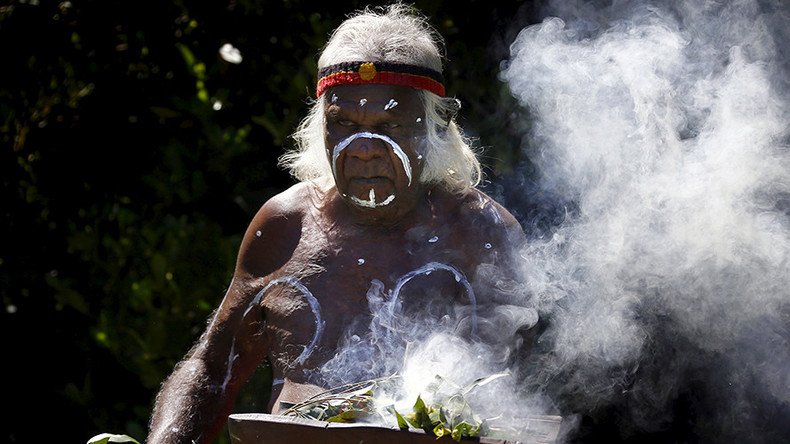Indigenous Australians are world’s oldest living culture, dating back 50,000 yrs - DNA study

The first major DNA study of Aboriginal Australians has confirmed that they are the “direct descendants” of Australia’s earliest settlers and are the planet’s most ancient living culture, dating back about 50,000 years.
A team of scientists from across the globe managed to sequence complete genetic data of 83 Aboriginal Australians and 25 Papuans from New Guinea. They paired genomic reports with linguistic data to analyze the peopling of Australia and discover that all present-day non-African populations are in fact descended from the same single wave of migrants who left Africa some 72,000 years ago.
"Discussions have been intense as to what extent Aboriginal Australians represent a separate Out-of-Africa exit to those of Asians and Europeans,” Professor Laurent Excoffier of the SIB Swiss Institute of Bioinformatics and the University of Bern said in a press-release. “We find that, once we take into account admixture with archaic humans, the vast majority of the Aboriginal Australian genetic makeup comes from the same African exit as other non-Africans."
According to Dr Manjinder Sandhu, a senior author from the Sanger Institute and University of Cambridge, these unprecedented findings suggest that “rather than having left in a separate wave, most of the genomes of Papuans and Aboriginal Australians can be traced back to a single ‘Out of Africa’ event which led to modern worldwide populations. There may have been other migrations, but the evidence so far points to one exit event.”
Aboriginal Australian: ‘Subject of mystery’
Aboriginal Australians have long been the “subject of scientific mystery," senior author of the research, Professor Eske Willerslev, from the Copenhagen-based Centre for GeoGenetics, Cambridge University and the Sanger Institute, noted. “How did they get there? What was their relationship to other groups? And how does their arrival change our understanding of how populations spread? Technologically and politically, it has not really been possible to answer these questions until now."
Researchers managed to trace the Papuan and Australian groups’ progress. Some 50,000 years ago they reached the so-called Sahul, a prehistoric continent comprising mainland Australia, New Guinea and Tasmania. Interestingly enough, researchers say, Papuans and Aboriginal Australians appear to have actually “diverged about 37,000 years ago, long before they became physically separated by water.”
"The genetic diversity among Aboriginal Australians is amazing,” first author on the paper Assistant Professor Anna-Sapfo Malaspinas from the SIB Swiss Institute of Bioinformatics, the Center for GeoGenetics of Copenhagen and the University of Bern, concluded.
“Perhaps because the continent has been inhabited for such a long time by Aboriginal Australians we find that groups from southwestern desert Australia are more genetically different from groups of northeastern Australia than are for example Native Americans and Siberians, and this is within a single continent."
‘Uncharacterized species’
Researchers have also managed to reassess traces of DNA from an ancient, extinct human species found in Aboriginal Australians and traditionally attributed to encounters with Denisovans – a group known from DNA samples found in Siberia.
But according to scientists, they were in fact from a different, yet “uncharacterized species.”
“We don’t know who these people were, but they were a distant relative of Denisovans, and the Papuan/Australian ancestors probably encountered them close to Sahul,” Willerslev pointed out.
The trailblazing research has been published in scientific journal Nature.















